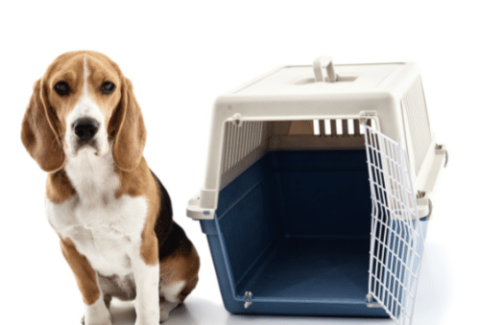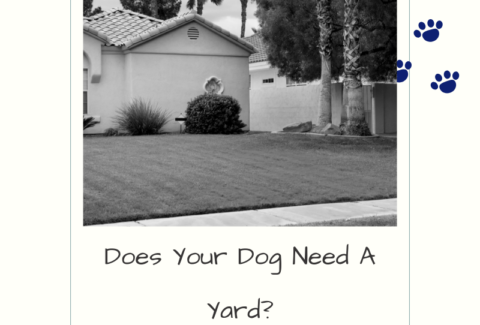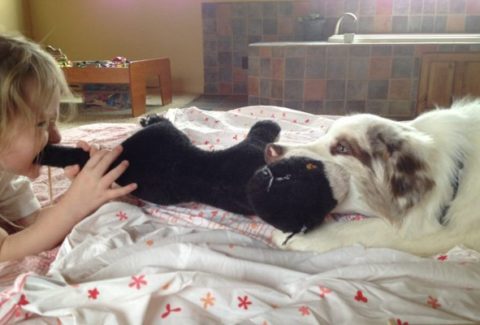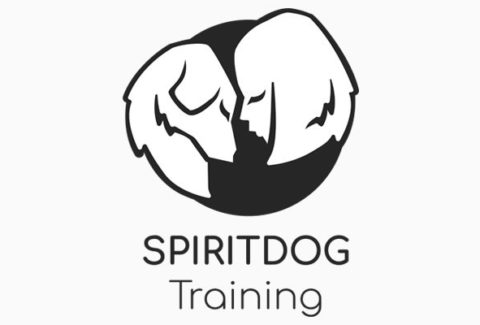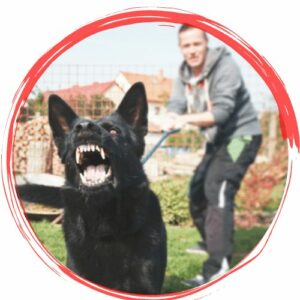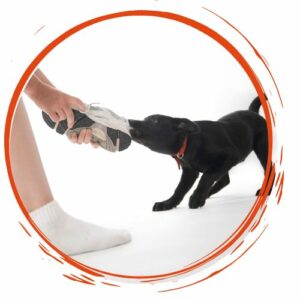Not Another Border Collie Video!
May 10, 2021 2021-05-25 1:11Not Another Border Collie Video!
Not Another Border Collie Video!
There are a lot of training videos on Facebook that I post. I do it for a variety of reasons, mostly because I believe that we should share our knowledge with the dog community generously and in return benefit from the knowledge others share, to grow our skills as individuals and a community.
While the majority of the comments I receive are positive and often lead to interesting spin-off conversations, one type of critical feedback stands out:
The complaint that I have Border Collies.
(For other trainers in my situation, “Border Collies” can in the following paragraphs be replaced by: Malinois, German Shepherd Dog, Heeler etc.)
The reasoning behind this criticism goes like this: A Border Collie loves to work and will work with you regardless of your training philosophy, he is naturally obedient, catches on quickly and does not quit.
Therefore, he is going to make whatever approach to a specific behavior you show look successful and marvelous, even if it is not.
I partly agree with this. Border Collies (some more than others) love to work to a fault, and many will tolerate even the wildest training ideas. In agility, a practice of running hot wires over bars to keep dogs from bar knocking has been used in the past – obviously you would need a pretty driven dog to return to jumping with you after he has been shocked by the jump bar. I have seen many Border Collies put into training situations where they failed again and again and were scolded, but were resilient enough to keep on trying even after the twentieth and thirtieth fail. This definitely is a trait that we do not see in all other breeds.
The reason I have Border Collies myself however is far from “I want a dog who can tolerate corrections and repeated failure”. I picked the breed because I wanted an agile, healthy, medium-sized dog to accompany me on my back-country adventures, to play with me, to come teaching with me and, yes, to do agility with. But training only makes up 5% of our time spent together, why should I pick a dog who I like to train but don’t like to live with?
Funny enough, my first Border Collie turned out to be anything but a hard-headed, resilient worker who takes corrections stoically and tries again. Fusion is the softest dog I have met so far, whose heart gets broken by as much as a “yes” that’s a bit less enthusiastic than usual.
I took him to a training facility when he was 5 months old and he broke his sit stay. The instructor took him by the collar and put him back into his place. Fusion melted into a puddle on the floor and did not move again for the remainder of the lesson. This was not going to work with him.
When training him, there is never a question of whether or not to use corrections and repeated failure – in fact, when we started out, I trained him with two different types of food: cat kibble for trying (aka failing), and dog treats for succeeding.
I train with a lot of different breeds. In the last two days those were a German Shepherd, three Golden Retrievers, two Labradors, a bunch of outgoing Doodles (these always make me laugh), three Terriers, a shy Poodle, a crazy Poodle, a Briard, some Australian Shepherds, some all-American mixes and my own Border Collies.
I do vary my approach slightly for the different breeds. However, these little adjustments address mostly management parameters: use a dynamic reward strategy for the shy Poodle, less body movement of the Goldens’ owners as this puts them over the top easily and a little cool-down It’s Yer Choice in between exercises for the crazy ones. The general training outline however is exactly the same.
Operant conditioning works. It works on horses and chickens and fish. If you do it right and make sure to watch your three pillars (Timing, Criteria, Rate of Reinforcement), it’s going to work on dogs, no matter the breed.
Make your training clutter-free: no unnecessary, poorly trained cues, no frantic mixing of rewards and corrections (“No…no…NO! Yes, ok. No!”), no jumping steps when raising criteria, reward what you like as often as possible.
(Don’t assume that once you have trained a behavior it doesn’t need to be trained and reinforced again – remember the famous quote A behavior is either improving or deteriorating.)
Anyway, here are two training videos from the last days, with not-a-Border-Collie. Who I, incidentally, train exactly the same way that I would train her if she was a Border Collie.
Train the dog, not the breed, in front of you.
Happy training!

